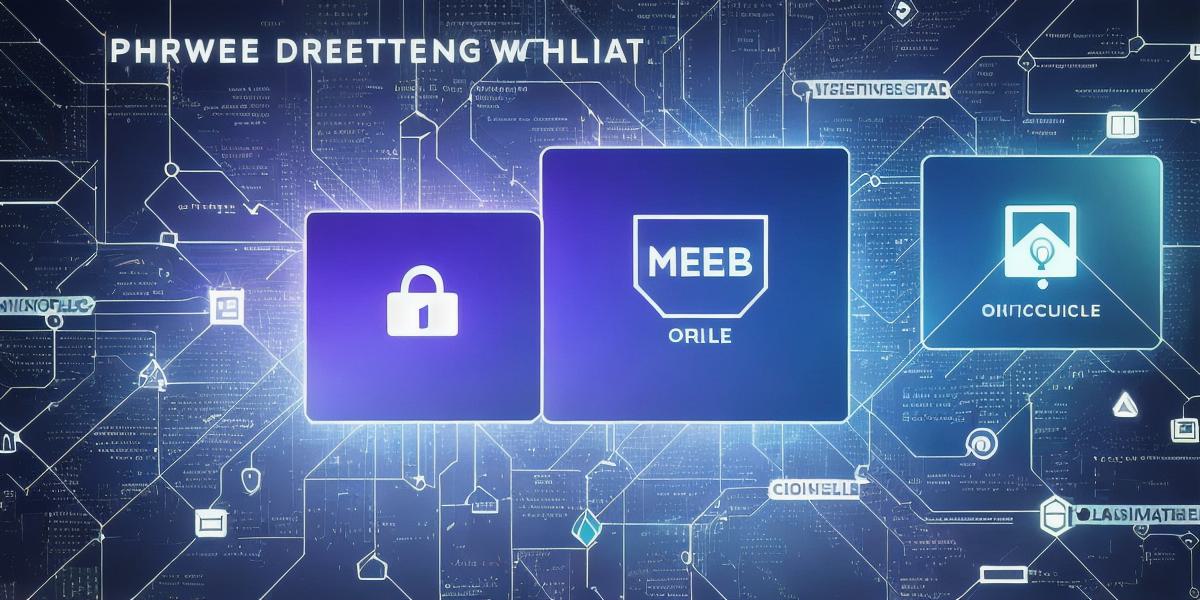
Web3 technology has been rapidly gaining traction in recent years, as developers and users alike seek to build a more decentralized and secure online world. At its core, Web3 is built on the principles of decentralization, interoperability, and ownership, which aim to give individuals greater control over their data and online interactions. In this ultimate guide, we’ll explore the key concepts and technologies behind Web3 and delve into real-world examples of how it’s being used to build decentralized applications (dApps) and communities.
What is Web3?
Web3 refers to the next evolution of the internet, which is built on decentralized infrastructure rather than centralized servers. This means that instead of relying on a single point of control, Web3 technology enables users to interact with each other and access resources directly through blockchain-based networks. The goal of Web3 is to create a more secure, transparent, and user-controlled online world, where individuals have greater control over their data and can interact with each other without intermediaries.
Decentralization in Action
Decentralization is at the heart of Web3 technology, and it’s what sets it apart from traditional centralized internet systems. Decentralized networks rely on a distributed network of computers to validate transactions and maintain the integrity of the system. This means that there is no single point of control or failure, making decentralized systems more resilient and secure than centralized ones.
One of the most well-known examples of decentralization in action is Bitcoin, which is built on a blockchain network that allows users to transact with each other without intermediaries like banks. Other popular decentralized applications (dApps) include Ethereum, which enables developers to build and deploy smart contracts, and Decentraland, which creates a virtual world where users can interact with each other and own their own digital assets.

Interoperability and Ownership
Another key concept behind Web3 is interoperability, which means that different decentralized systems can communicate and exchange data with each other seamlessly. This enables developers to build more powerful and useful dApps that can leverage the strengths of multiple networks.
Ownership is also a fundamental principle of Web3 technology, as it gives users greater control over their data and online interactions. With Web3, users have the ability to own and manage their digital assets, such as cryptocurrencies and non-fungible tokens (NFTs), without relying on intermediaries like banks or social media platforms.
Real-World Examples of Web3 in Action
Web3 technology is already being used in a variety of real-world applications, from finance and gaming to art and social media. Here are just a few examples:
Finance
Web3 technologies like Ethereum have enabled the development of decentralized finance (DeFi) platforms, which allow users to transact with each other without intermediaries like banks. DeFi platforms like Uniswap and Aave have become popular for their low transaction fees and fast execution times, making them ideal for high-frequency trading and other financial applications.
Gaming
Web3 technology has also enabled the development of decentralized games that allow players to own and trade in-game assets. These games are often built on blockchain networks like Ethereum and Flow, which enable secure and transparent asset ownership and trading. One popular example is CryptoKitties, a game that allows users to breed and sell unique digital cats as NFTs.
Art
Web3 technology has also revolutionized the art world, enabling artists to sell their work directly
